
Author Mads Timmermann
Mads has 15+ years of experience as a skin expert and has written/read this article.
🔥 New Updated 2025 Guide: 🔥
👉 Get the Clean Skin Guide now
Tired of acne and breakouts that never go away? 🤔
Learn how to fight your acne effectively and quickly.
🌟 390,067 others have already received the guide.
Introduction
Dealing with pimples and acne can be a frustrating experience, especially when they leave behind redness and inflammation. This common skin concern affects people of all ages and can cause discomfort and self-consciousness. In this article, we'll discuss some effective ways to reduce redness caused by pimples and acne, which can help you achieve a clearer complexion.
Understanding the root causes of redness and inflammation is an essential part of effectively addressing the issue. Pimples and acne occur when hair follicles become clogged with oil, dirt, and dead skin cells, leading to inflammation and redness. By exploring various treatment options and preventative measures, you can learn how to minimize and manage the redness that often accompanies acne and pimples.
Key Takeaways
- Explore various remedies to alleviate redness from acne and pimples
- Adopt sustainable lifestyle changes to maintain a clearer complexion
- Consider professional treatments for persistent or severe redness
Immediate Remedies
Over-The-Counter Products
To tackle redness from pimples and acne, it's crucial to use appropriate skincare products. We recommend trying a customized skincare routine that suits your skin type and needs. This will ensure you're using products that effectively target your specific concerns.
One of the most common over-the-counter remedies for redness and inflammation caused by acne is benzoyl peroxide. This powerful ingredient helps kill acne-causing bacteria and reduce inflammation. It is available in various concentrations and formulations, such as creams, gels, and cleansers. Start with the lowest concentration (2.5%) to minimize irritation and gradually increase as needed.
Another commonly used OTC product is salicylic acid, an effective exfoliant that helps unclog pores and reduce redness. Like benzoyl peroxide, it comes in different concentrations and is found in cleansers, toners, and spot treatments. It is crucial to use these products according to the label instructions to avoid prolonged irritation and further redness.
Hydrocortisone cream can also be used as a short-term remedy to quickly reduce redness and inflammation. This topical steroid has anti-inflammatory properties and should be used sparingly, as directed on the packaging.
Apart from these products, a skincare kit targeting acne-prone skin may prove beneficial in managing redness and breakouts. Such kits typically include cleansers, treatments, and moisturizers that work together to treat and prevent acne, and redness associated with it.
In summary, several over-the-counter products can help combat redness caused by acne and pimples. By incorporating these treatments into a tailored skincare routine, we can effectively and quickly improve our skin's appearance.
Sustainable Lifestyle Changes
Dietary Changes
Making changes in our diet is a key factor for managing redness from pimples and acne. Incorporating antioxidant-rich foods like fruits and vegetables can help to combat inflammation. Including a cup of green tea after each meal may also be helpful, as it has anti-inflammatory properties. Here are some suggestions for a balanced acne-friendly diet:
- Fruits and vegetables: Eat a variety of colorful fruits and vegetables, which are rich in vitamins and minerals.
- Whole grains: Choose whole-grain bread, pasta, and cereals over refined options.
- Healthy fats: Incorporate sources of healthy fats like avocados, nuts, and olive oil.
- Lean protein: Opt for lean protein sources like beans, tofu, and lean meat.
Avoiding certain foods, such as fizzy drinks, may help reduce the appearance of pimples and acne as well. Drinking plenty of water to stay hydrated is also crucial for maintaining healthy skin.
Stress Management
Stress can worsen acne and redness, so finding ways to manage it effectively may improve the appearance of our skin. Some techniques to alleviate stress are:
- Exercise: Engaging in regular physical activity can help to release tension and promote mental well-being.
- Deep breathing: Practicing deep-breathing exercises can help to calm the mind and relieve stress in the moment.
- Meditation: Taking time each day to meditate can help to reduce overall stress levels.
- Sleep: Aim for at least 7-8 hours of quality sleep each night to support overall well-being.
By incorporating these sustainable lifestyle changes into our daily routines, we can improve the health of our skin and reduce the redness associated with pimples and acne.
Professional Treatments
In this section, we'll discuss two main professional treatments for reducing redness from pimples and acne: dermatological procedures and prescription medications.
Dermatological Procedures
There are various dermatological procedures that can help reduce redness and inflammation from acne. These treatments should be performed by a qualified dermatologist or licensed skincare professional.
- Chemical Peels: This treatment involves applying a chemical solution to the skin, causing the top layer of skin to peel off. This can help reduce redness, acne scars, and improve overall skin texture. It is essential to follow the aftercare instructions provided by your dermatologist to prevent any complications.
- Laser Therapy: Blue/red therapy is a type of laser treatment that uses both blue and red light to target acne-causing bacteria and reduce inflammation, respectively. This treatment can be particularly helpful for individuals with inflammatory acne.
- Microdermabrasion: This procedure involves using a machine to exfoliate the skin and remove dead skin cells, which can help reduce redness and improve skin texture. It is essential to follow aftercare instructions provided by your dermatologist to prevent any post-treatment complications.
Prescription Medications
When over-the-counter treatments aren't enough, prescription medications can help alleviate redness and inflammation from acne. It is crucial to consult with a dermatologist, who will determine the most suitable medication for your specific acne condition. Some commonly prescribed medications include:
- Topical Retinoids: These medications, derived from vitamin A, can help unclog pores and reduce redness associated with acne. Topical retinoids are available in various strengths and formulations, and your dermatologist will prescribe one that is appropriate for your skin type and acne severity.
- Antibiotics: Oral or topical antibiotics may be prescribed to help control acne-causing bacteria and reduce inflammation. It is important to take the medication as directed and complete the prescribed course of treatment to prevent antibiotic resistance.
- Hormonal Therapy: For some individuals, especially women with hormonal acne, hormonal therapy (such as birth control pills or anti-androgen medications) can help reduce redness and regulate the hormonal fluctuations that contribute to acne.
By exploring both dermatological procedures and prescription medications, you can find the most effective professional treatments to reduce redness from pimples and acne. Remember to consult with a dermatologist to determine the most suitable treatment for your specific skin condition and needs.
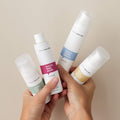
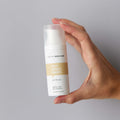
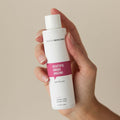
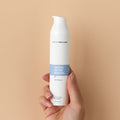
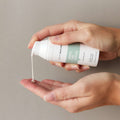
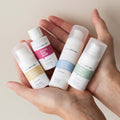
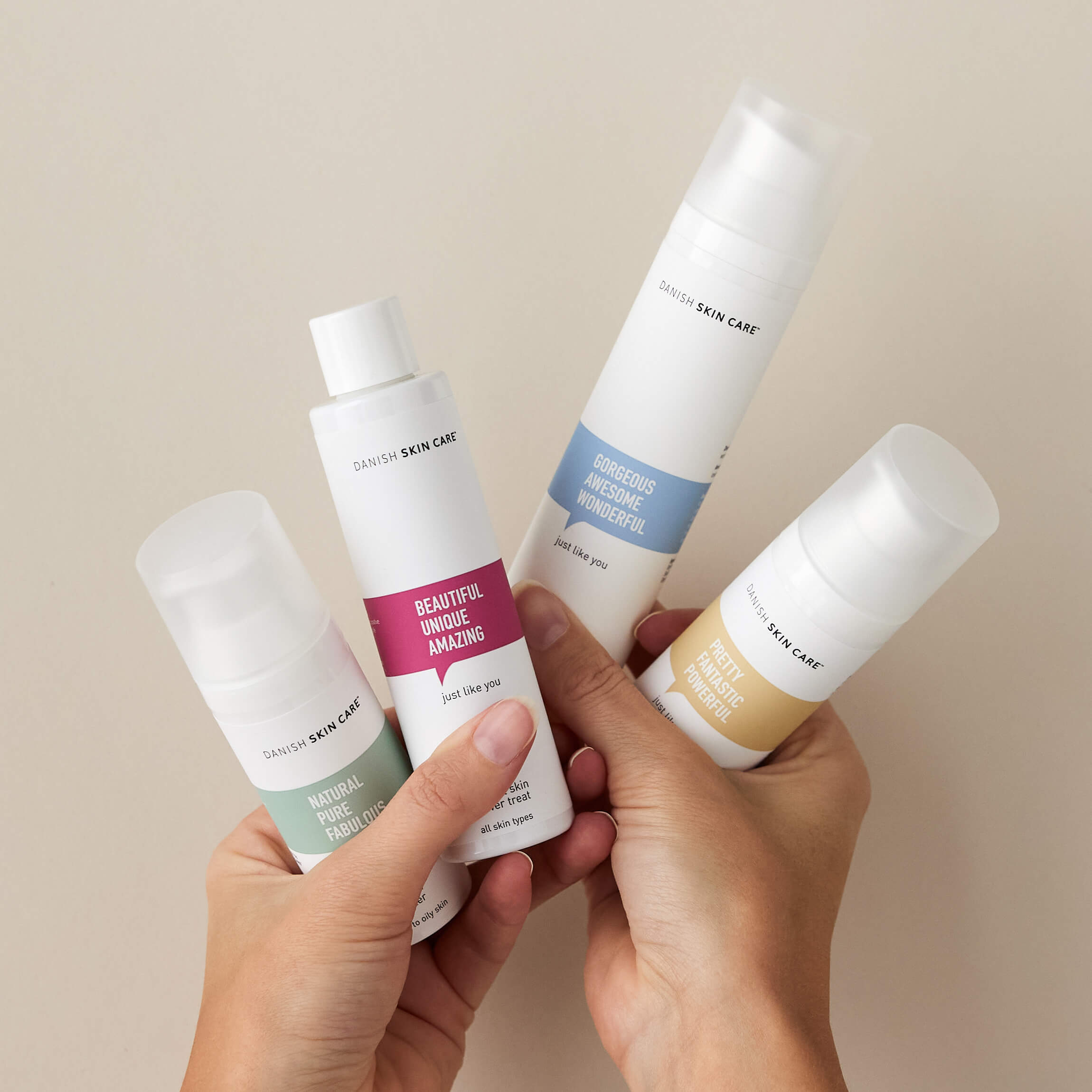
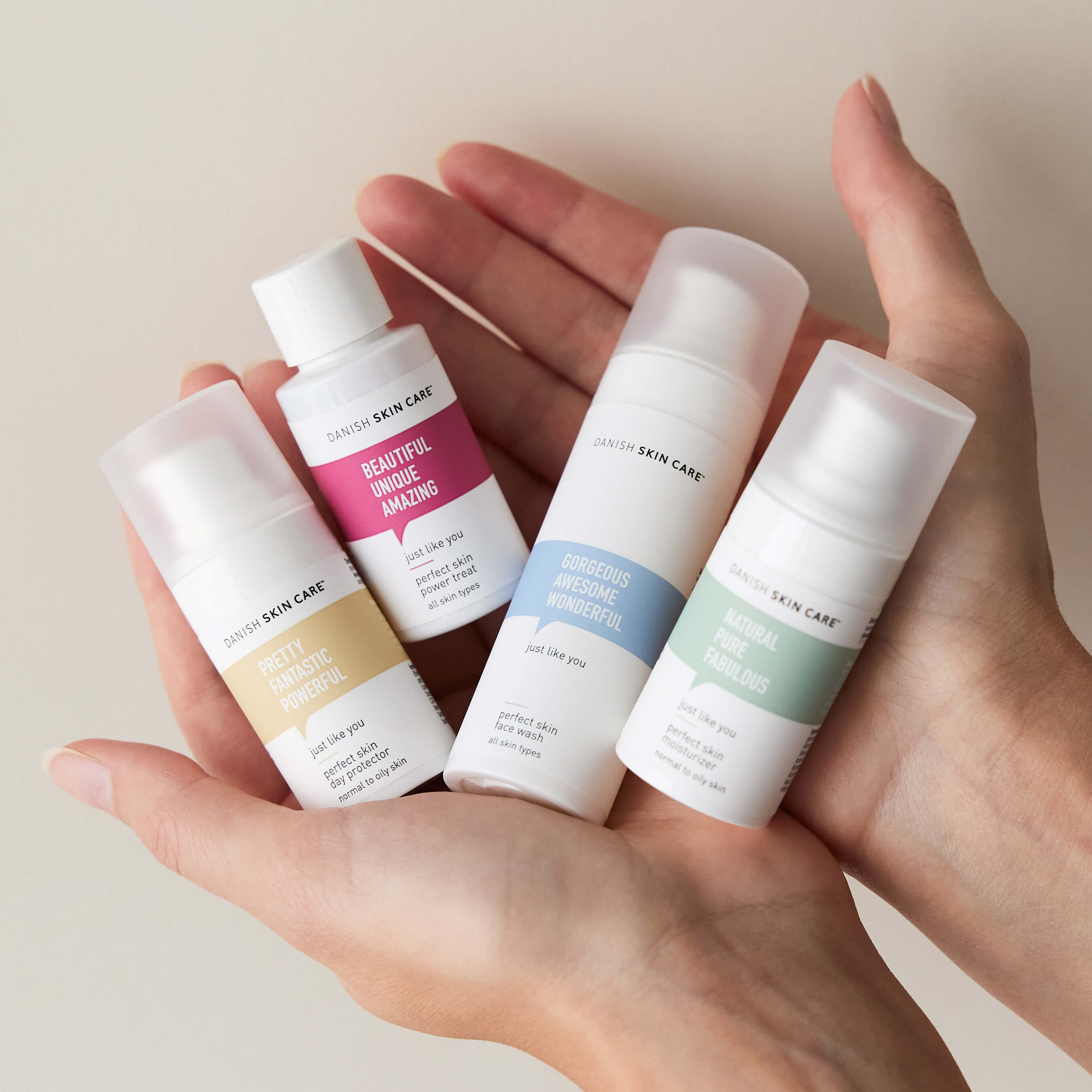

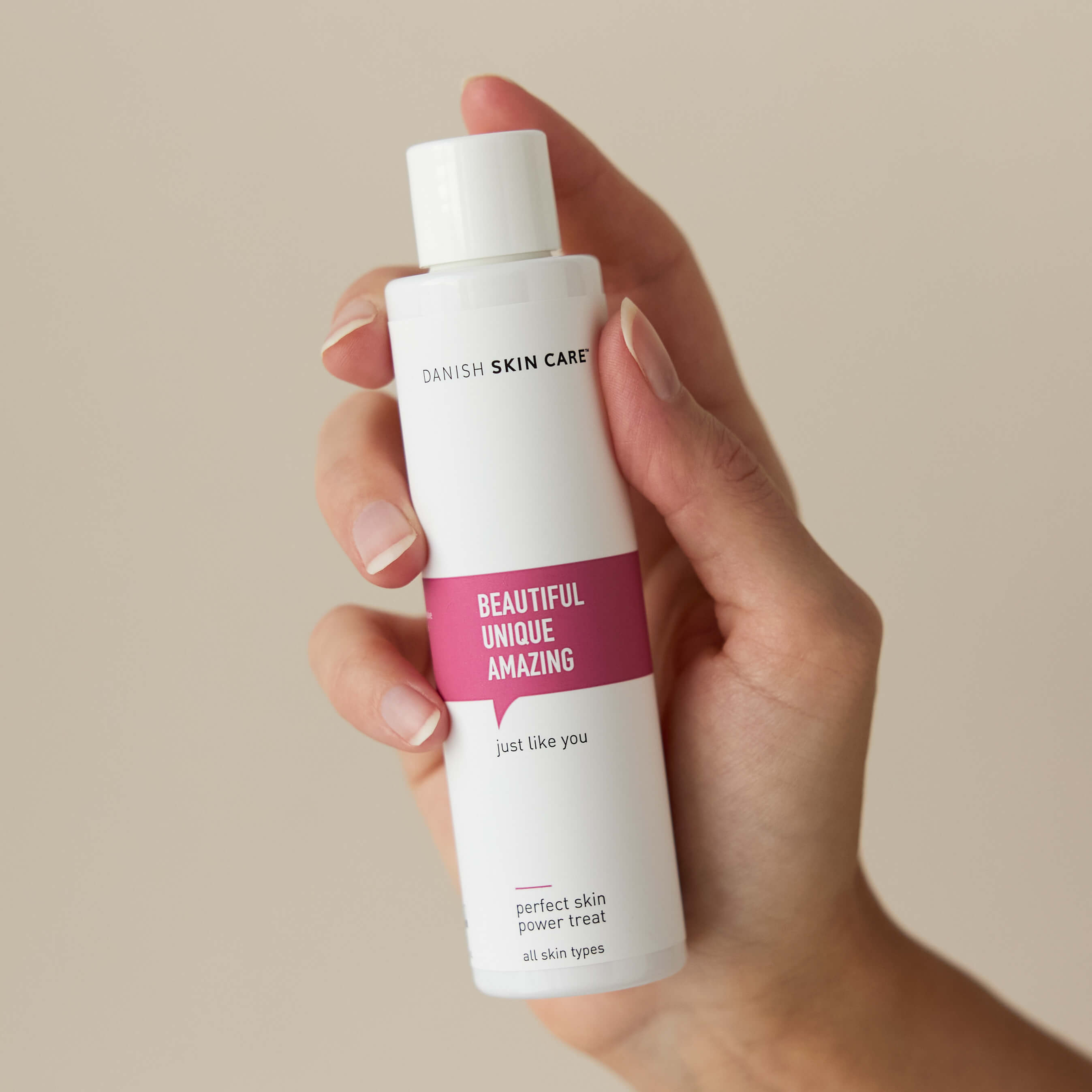
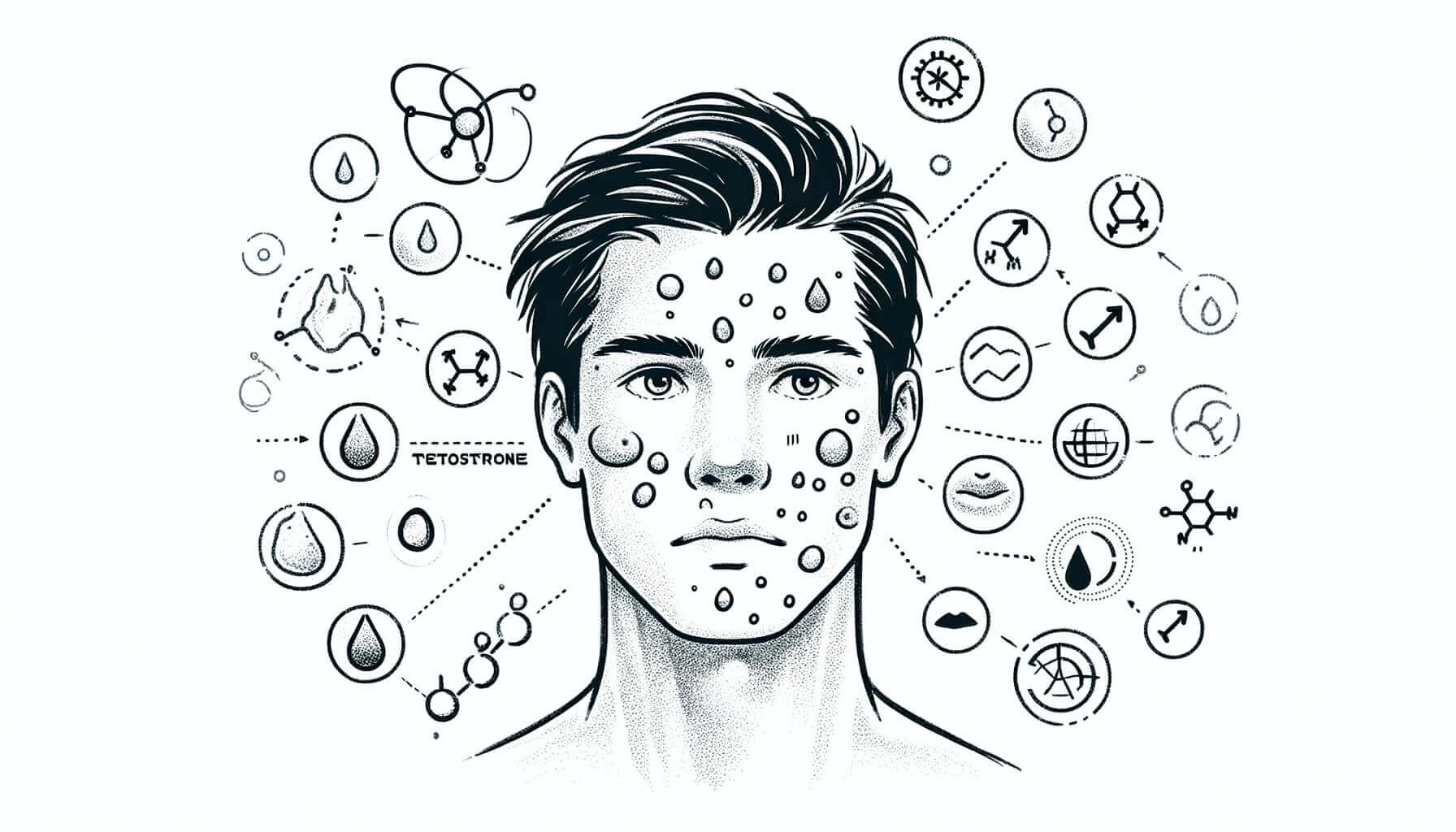
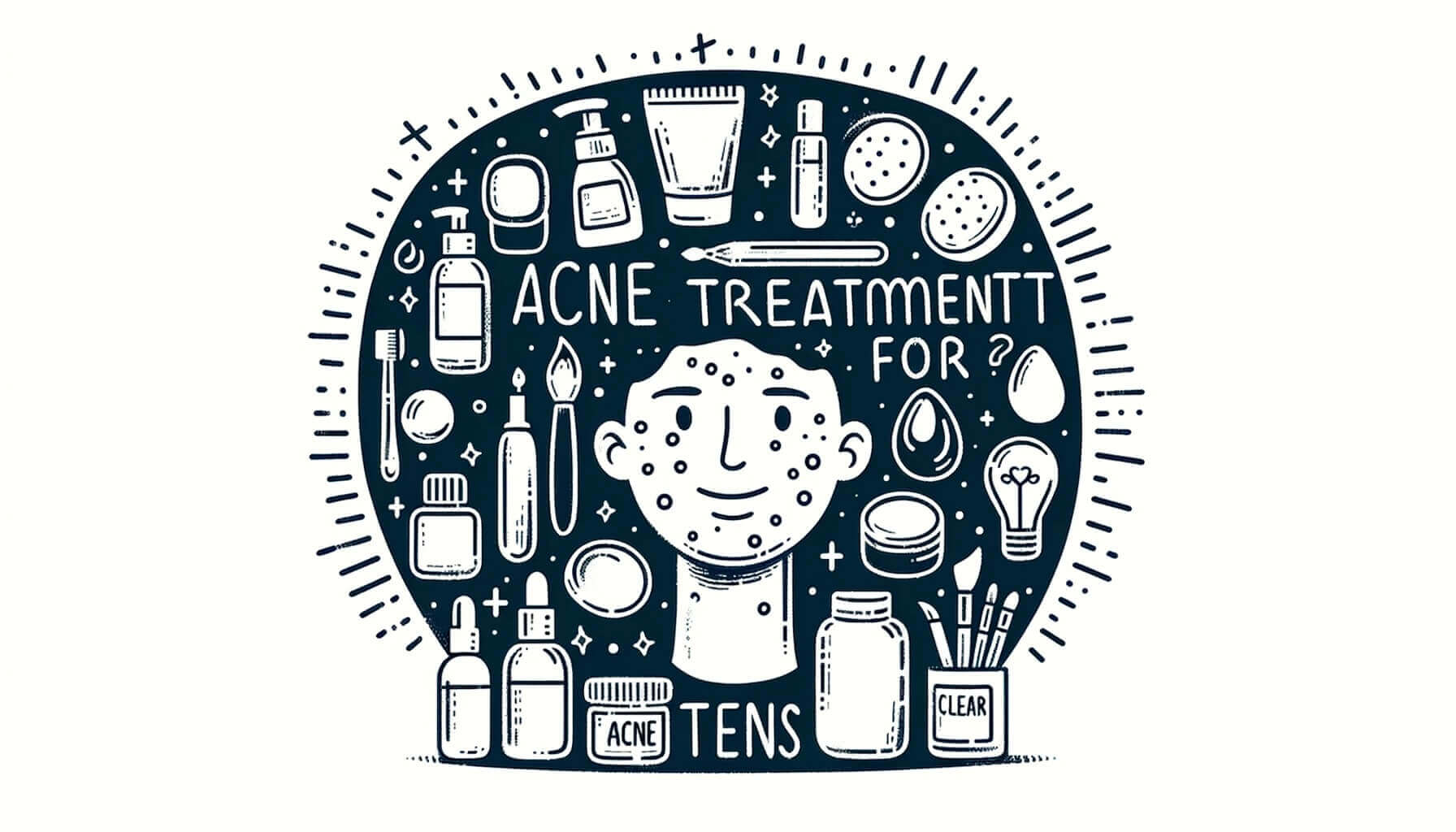
Leave a comment